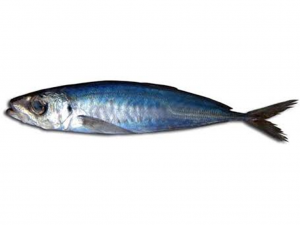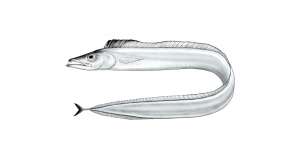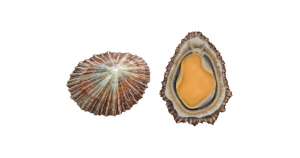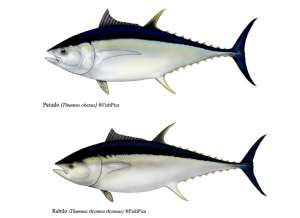Who we are
Get to know us a bit more
Our Services
News
Fresh
Fresh Products
Processing: Controlled and processed by our team of professionals.
Exportation: We export our products to every part of the world.
Fresh
-
22,99€ Adicionar
Principal fishing methods: coastal trolling and coastal pole-and-line fishing. Conservation status: atlantic stocks appear to be healthy. Datasheet: Ficha técnica (Anchova)
-
Adicionar
Principal fishing methods: gathering and trap fish. Conservation status: Mediterranean slipper lobsters have a minimum commercial size of 17 cm (measured from the eye to the root of the tail) and a closed season between May 1st and August 31st has been implemented. This species is overexploited in some areas. Datasheet: Ficha técnica (Lagosta)
-
4,00€ Adicionar
Principal fishing methods: traditional lift net and bottom longline (adults). Conservation status: stocks in the Azores appear to be healthy, with annual oscillations in abbundance. Datasheet: Ficha técnica (Chicharro)
-
Adicionar
Principal fishing methods: gathering and trap fishing. Conservation status: although local stocks appear healthy, Common octopus have been allocated a minimum weight of 750 g. Datasheet: Ficha técnica (Polvo)
-
Adicionar
Principal fishing methods: gathering. Conservation status: azorean barnacles are overexploited in many coastal areas. Datasheet: Ficha técnica (Craca)
-
Adicionar
Principal fishing methods: handline and bottom longline. Conservation status: although once considered plentiful in the Azores, local silver scabbardfish stocks showed a sudden decline in the late 1990’s and have still yet to recover Datasheet: Ficha técnica (Peixe-espada-branco)
-
Adicionar
Principal fishing methods: handline and bottom longline. Conservation status: there is no immediate concern as to the status of this species in the Azores however, locally caught conger eels have been allocated a minimum commercial size of 58 cm, according to national legislation. Datasheet: Ficha técnica (Congro)
-
30,00€ Adicionar
Principal fishing methods: handline and bottom longline. Conservation status: although local stocks appear to be healthy, they have shown some signs of decline. Datasheet: Ficha técnica (Cherne)
-
Adicionar
Principal fishing methods: pole-and-line and surface longline. Conservation status: although big-eye tuna have not been red listed by the IUCN for the North Atlantic, concern does exist as to the status of this species. Locally caught bigeye tuna have been allocated a minimum commercial size of 3.2 kg. Datasheet: Ficha técnica (Atum-Patudo)
-
24,99€ Adicionar
Principal fishing methods: hand line and bottom longline fishing.
Conservation status: local stocks appear to be healthy.
-
Adicionar
Principal fishing methods: handline and bottom longline. Conservation status: although local stocks appear to be healthy, this species may prove to be sensitive as deepwater fishing effort increases and has been allocated a minimum commercial size of 25 cm and a TAC of 1116 tones/year. Datasheet: Ficha técnica (Goraz)




















